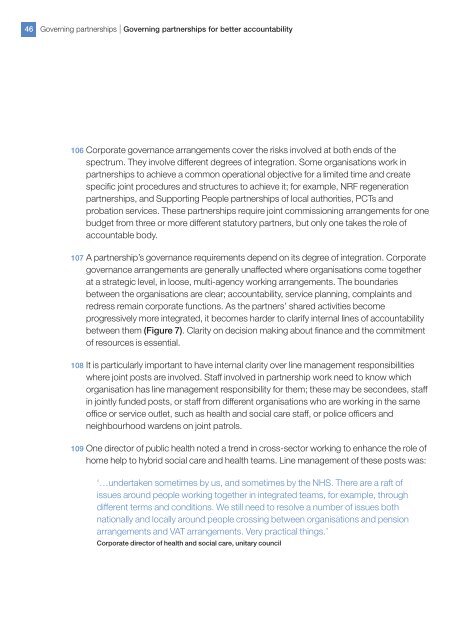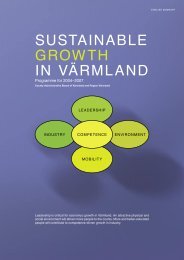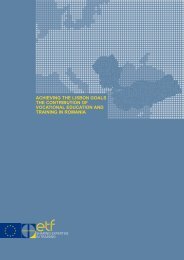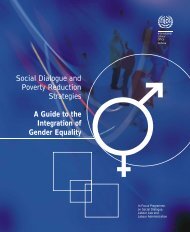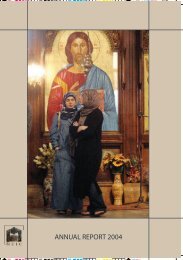Bridging the accountability gap - Audit Commission
Bridging the accountability gap - Audit Commission
Bridging the accountability gap - Audit Commission
Create successful ePaper yourself
Turn your PDF publications into a flip-book with our unique Google optimized e-Paper software.
46<br />
Governing partnerships | Governing partnerships for better <strong>accountability</strong><br />
106 Corporate governance arrangements cover <strong>the</strong> risks involved at both ends of <strong>the</strong><br />
spectrum. They involve different degrees of integration. Some organisations work in<br />
partnerships to achieve a common operational objective for a limited time and create<br />
specific joint procedures and structures to achieve it; for example, NRF regeneration<br />
partnerships, and Supporting People partnerships of local authorities, PCTs and<br />
probation services. These partnerships require joint commissioning arrangements for one<br />
budget from three or more different statutory partners, but only one takes <strong>the</strong> role of<br />
accountable body.<br />
107 A partnership’s governance requirements depend on its degree of integration. Corporate<br />
governance arrangements are generally unaffected where organisations come toge<strong>the</strong>r<br />
at a strategic level, in loose, multi-agency working arrangements. The boundaries<br />
between <strong>the</strong> organisations are clear; <strong>accountability</strong>, service planning, complaints and<br />
redress remain corporate functions. As <strong>the</strong> partners’ shared activities become<br />
progressively more integrated, it becomes harder to clarify internal lines of <strong>accountability</strong><br />
between <strong>the</strong>m (Figure 7). Clarity on decision making about finance and <strong>the</strong> commitment<br />
of resources is essential.<br />
108 It is particularly important to have internal clarity over line management responsibilities<br />
where joint posts are involved. Staff involved in partnership work need to know which<br />
organisation has line management responsibility for <strong>the</strong>m; <strong>the</strong>se may be secondees, staff<br />
in jointly funded posts, or staff from different organisations who are working in <strong>the</strong> same<br />
office or service outlet, such as health and social care staff, or police officers and<br />
neighbourhood wardens on joint patrols.<br />
109 One director of public health noted a trend in cross-sector working to enhance <strong>the</strong> role of<br />
home help to hybrid social care and health teams. Line management of <strong>the</strong>se posts was:<br />
‘…undertaken sometimes by us, and sometimes by <strong>the</strong> NHS. There are a raft of<br />
issues around people working toge<strong>the</strong>r in integrated teams, for example, through<br />
different terms and conditions. We still need to resolve a number of issues both<br />
nationally and locally around people crossing between organisations and pension<br />
arrangements and VAT arrangements. Very practical things.’<br />
Corporate director of health and social care, unitary council


